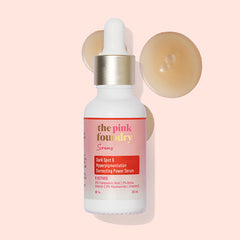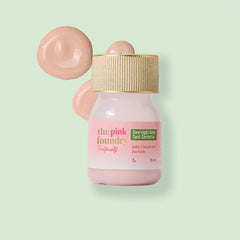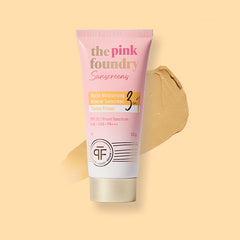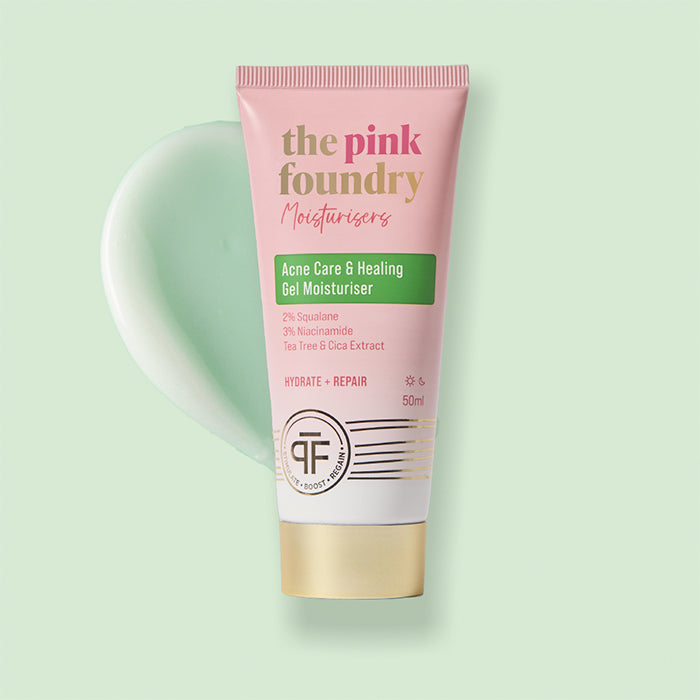Understanding Cystic Acne on Face: A Comprehensive Guide
Cystic acne distinguishes among its diverse varieties as one of the most stern and complicated to treat. Cystic acne, characterized by agonizing, inflamed lesions beneath the skin's surface, can considerably affect one's pride and general welfare. This article digs deep into cystic acne, examining its agents, how it varies from other modes of blemishes, and effective management and treatment procedures.
What is Cystic Acne?
Cystic acne is stern acne that forms from obstructed hair follicles induced by germs, oil, and dead skin units. In contrast to less serious forms of blemishes like whiteheads or blackheads, cystic acne appears as awful lumps or cysts hidden deep into the skin. These cysts come in differing sizes and are frequently pus-filled, which causes irritation and apparent skin problems.
Causes of Cystic Acne & Ways in which it differs from Regular Acne
Hormonal changes and disproportionate sebum production are some of the potent causes of cystic acne. Several characteristics set cystic acne apart from the less severe varieties:
Inflammation
Cystic acne on face exhibits a markedly higher inflammation level than regular acne. This inflammation arises from the immune system's response to bacteria trapped within follicles, leading to significant redness, swelling, and pain in cystic lesions.
Depth of Lesions
Cystic acne lesions penetrate the skin more deeply than other acne varieties, complicating treatment and raising the risk of scarring.
Size of Lesions
Cystic acne nodules and cysts range from a few millimetres to several centimetres, making them larger and more noticeable than ordinary pimples.
Scarring
The depth and inflammation linked to cystic acne increase the chance of scarring, which can be emotionally upsetting and permanent.
Acne Appearance
Compared to cystic acne, which primarily affects the face with a preference for the jawline, cheeks, and chin, normal acne typically affects the face, chest, and back.
Ways to Get Rid of Cystic Acne
Managing and treating cystic acne requires a comprehensive approach addressing the underlying causes and the visible symptoms. Here are some effective tips to combat cystic acne:
Consult a Dermatologist
If you believe you have cystic acne, you should receive professional advice from a dermatologist. For efficient healing, a good analysis and distinguished treatment plan are essential.
Gentle Cleaning
Wash your face twice every day with a gentle, non-comedogenic cleanser. Avoid harsh cleansers and brushes because they might worsen irritation and inflammation.
Don't Pop
Avoid popping or squeezing cystic acne blemishes. Such actions raise the chance of infection, exacerbate inflammation, and leave scars.
Topical treatments
Benzoyl peroxide, salicylic acid, or sulfur-based over-the-counter drugs can assist in controlling bacterial development and lower inflammation. They might not be potent enough to treat harsh cystic blemishes, though.
Prescription Drugs
To address hormonal imbalances and decrease swelling, dermatologists may specify topical or oral prescriptions, like retinoid, antibiotics, or oral contraceptives for women.
Isotretinoin
Isotretinoin can be administered for harsh cystic acne that does not respond to past remedies. However, this powerful drug has substantial side effects and needs close administration by a specialist.
Corticosteroid Injections
A dermatologist can use corticosteroid injections for big, excruciating cysts to promptly reduce redness and boost healing.
Also read: Exploring the Root Causes of Cystic Pimples: A Comprehensive Guide
Cystic Acne Treatment
Cystic acne treatment options vary based on the severity and individual characteristics of the condition. Common treatment approaches include:
Topical treatments
Topical therapies containing benzoyl peroxide, antibiotics, and retinoid are widely used to treat inflammation and bacterial overgrowth.
Oral antibiotics
To combat acne-causing bacteria and lessen inflammation, oral antibiotics may be administered in moderate to severe instances.
Hormonal Therapy
Hormonal therapy like oral contraceptives can be a successful method to treat cystic acne.
Isotretinoin
Used to treat harsh cases of acne that have failed to respond to other treatments, isotretinoin works to reduce sebum production and stop acne from returning. However, this strong oral drug does have possible adverse effects and needs close observation.
Chemical Peels
Chemical peels for the skin's surface that contain glycolic acid or salicylic acid help exfoliate the skin, open clogged pores, and reduce inflammation.
Laser and Light Therapies
A few laser and light treatments focus on the germs that cause acne and reduce inflammation to quicken healing.
Conclusion
Cystic acne presents a formidable challenge, impacting self-confidence and emotional well-being. While its causes share similarities with regular acne, its severity and depth demand a more tailored approach to effective treatment. Seeking professional guidance from a dermatologist is essential in developing a personalized treatment plan for managing cystic acne.
The Pink Foundry's Acne Care & Healing Gel Moisturiser is a revolutionary product designed to effectively address stubborn acne while providing gentle care. Its powerful formula, enriched with tea tree and cica which helps speed up the healing of acne & refines skin texture.
Also read: Understanding Cystic Pimples: Meaning, Causes, Treatment
FAQs:
1. What is cystic acne?
Deep, painful, and inflamed acne beneath the skin's surface.
2. How is it different from regular acne?
More inflammatory, deeper lesions, and higher scarring risk.
3. Can I treat cystic acne at home?
Consult a dermatologist for proper treatment.
4. What are common treatment options?
Topical medications, antibiotics, hormonal therapy, and isotretinoin.















